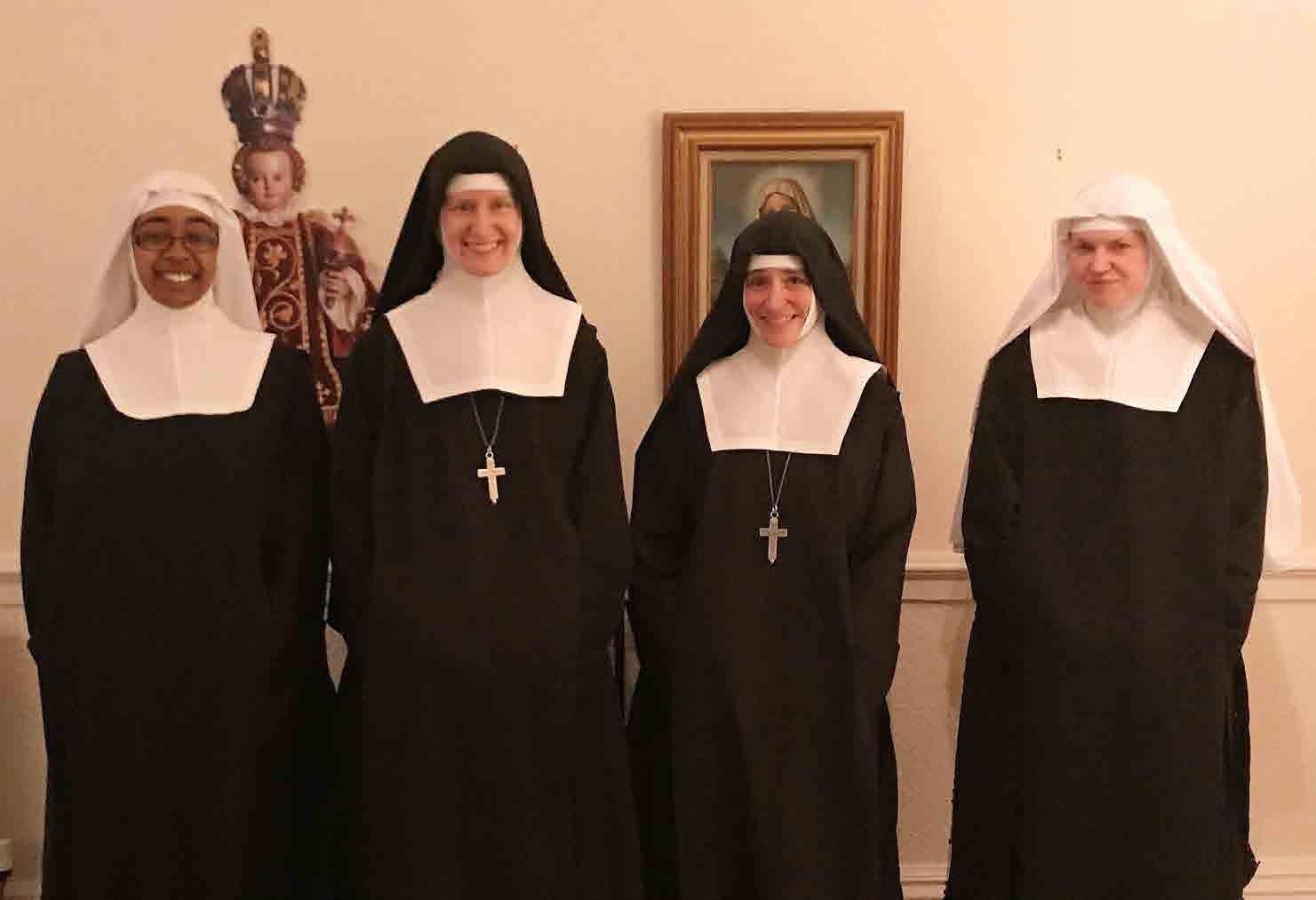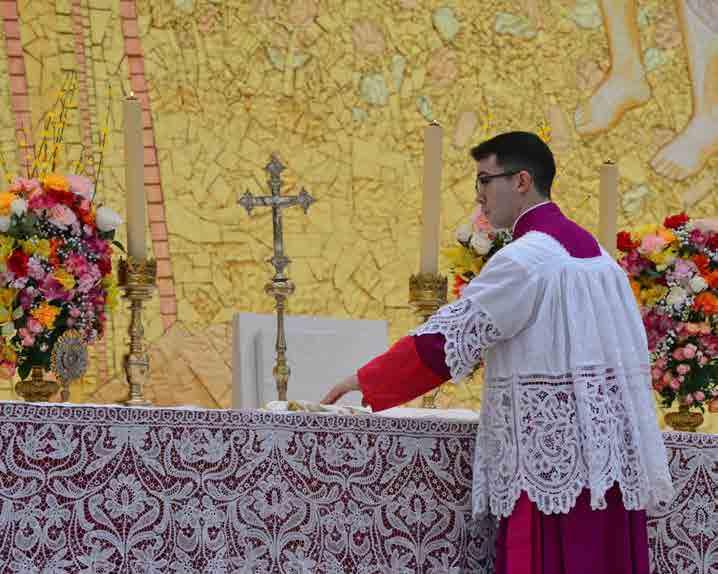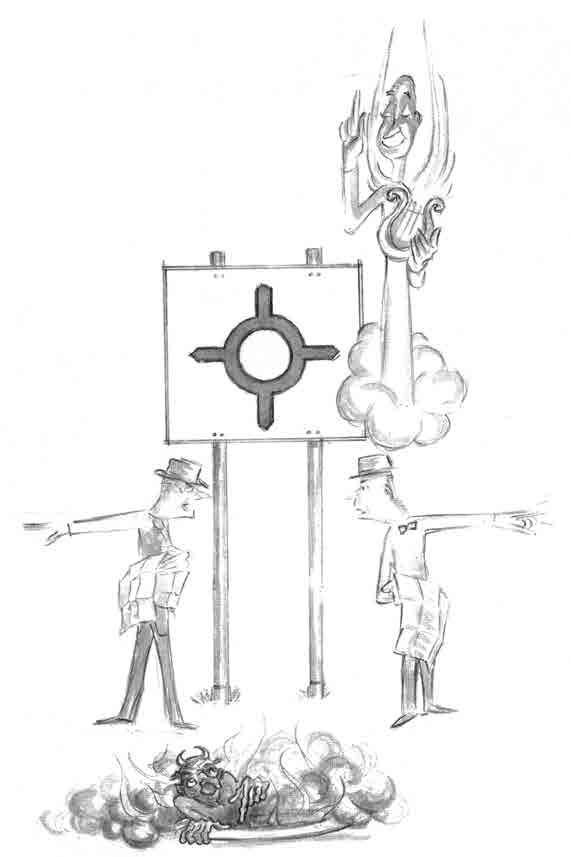COMMENT
Serving a purpose L
Do we still believe in Parishes? asks Fr Bede Rowe
ast year, I became Parish Priest and Rector of the Shrine of Our Lady, St Mary of Glastonbury, the oldest shrine to Our Lady in the country, and also the Priest in charge of St Michael’s, Shepton Mallet. To all intents and purposes, the latter is Parish Priest in all but name. It is good to be back in the harness as it were, but the nature of parishes has been in my mind lately, not least because of a conference I was lately at, where the speaker asked whether parishes were holding Priests and the Church back from her mission of evangelisation. Just to stop here for a moment. By evangelisation, I do not mean the empowerment of the lay faithful in taking their place in the body of Christ, to use modern (40-year-old) jargon, but rather the spreading of the Good News of the salvation which Christ has won for us through His death and resurrection, and the continuation of that saving presence in Our Holy Mother, the Church. Nor am I one of the ‘you are the living stones which make up the Church, the bricks and mortars are holding us back’ brigade. So, what do I mean? Well, parishes are the stable structures through which the Church interacts with the people of God on a day to day basis, and the people of the parish are those people who have been given into the care of a Priest – the cure of souls. And it was a moment of pride I am sure, when in the 19th century, the Catholic Church was again allowed to set up the parochial structure and exist alongside other groups of Christians in our country. But parishes are there to serve a purpose and are not an end in themselves. In a way, parishes are part of a world system which no longer exists. In times gone by, people would not move too far from home. I remember asking a lovely lady in Hartlepool if she had always lived there. She looked aghast and said ‘No, I moved here when my husband and I got married.’ When I asked her where she had moved from (suspecting the untold
SPRING 2018
of delights of Middlesbrough or the likes) she replied that she had been born in a house down the street! As the world has got smaller, the idea that in our pick-andmix world, and, we must be honest, in our pick-and-mix church, people simply go to their parish Church is far from the reality. People get in their cars, as they do for their shopping, work, and recreation and they drive to where they want to go to Mass. This is not universal, of course, and I know of many who do not have the luxury of such ease of travel, but it is much more common than it used to be. We also have stable structures which exist outside of parish boundaries. The military is one, but so are the Polish chaplains, and the Syro-Malabar rites, not to mention the Ordinariate. So, we have to ask, with so many exceptions, are parishes still serving the purpose for which they were intended? One of the problems of parochial structures is that they can end up in the maintenance of the building and keeping the (material) show on the road. A Priest, when he knows of his new appointment, enters his new Church, raises his eyes to heaven and utters the prayer, ‘Thank God’. Often, it’s for the state of the roof, rather than anything more holy! And although we are not perhaps quite at the level of the perpetual thermometer outside the Church building denoting the state of play of the Church heating/sound system/roof fund (delete as appropriate), such concerns can eat up a considerable amount of the Priest’s and the people’s time. With unlimited resources and people this need not be a problem, but for the vast majority of parishes, a leak or electrical fault is found, then this takes immediate priority. It may be time that we have to face the hard question of whether parishes and parish buildings as we usually understand them, built in a time of numerous priests, and numerous laity, are helping or hindering the command to bring the world to Christ. More of this anon…
31

















